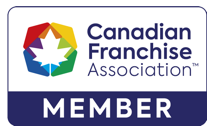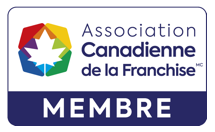This month marks the two year anniversary of the coming into force of the Canada Not-for-profit Corporations Act. If your organization has not transitioned yet, you are not alone. Only 1,800 of the 19,000 federally incorporated not-for-profit corporations have transitioned to the new Act. Corporations that do not make the transition by the October 17, 2014 deadline will be dissolved. It is very important to note that dissolution will affect the status of a registered charity and may result in a revocation tax equal to the full value of the corporation’s remaining assets. The steps to transition are not overly complex but do take some time and planning. Organizations are required to revise their By-laws and prepare Articles of Continuance. The revised By-laws and the Articles must be approved by the Members prior to being filed with Corporations Canada. Most organizations have obtained the approval at their Annual General Meetings of Members. Given meeting notice requirements and the potential time involved with revising By-laws, the process should start no later than four months before the next Annual General Meeting.
A challenge many corporations are facing, especially older corporations, is locating their current governing documents. And for charities, it is important to have copies of the governing documents on file with the Charities Directorate so that the approved objects are not inadvertently changed when the transition to the new Act is completed.Specifically, the steps to transition include:1. Review of Current Letters Patent and By-LawsThe corporation’s Letters Patent and By-laws must be reviewed for any inconsistencies with the new Act.2. Prepare Articles of Continuance Once the corporation determines which rules it wishes to retain, Articles of Continuance must be prepared. The Articles of Continuance set out the statement of the corporation’s purpose. If the corporation is a registered charity, the statement of purpose must be identical to the objects set out in the corporation’s current Letters Patent or Supplementary Letters Patent. Any change to the objects must be approved by the Canada Revenue Agency, Charities Directorate.3. Revise By-lawsRevise the corporation’s By-laws to ensure that they comply with the new Act. This is a good opportunity to amend your general by-laws if you have not done so recently.4. Obtain Members’ ApprovalThe Articles of Continuance and By-laws require Members’ approval. The new Act requires that the Articles of Continuance be approved by two-thirds of the Members of the corporation.5. File the Required Documents with Corporations CanadaFinally, the corporation must file the application for continuance with Corporations Canada so as to be eligible to receive a Certificate of Continuance before October 17, 2014.Take some time now to look through your corporate records and perhaps strike a committee to handle steps 1-3 above so that the transition is completed well before next year’s deadline.

 2 St Clair Ave West
2 St Clair Ave West


